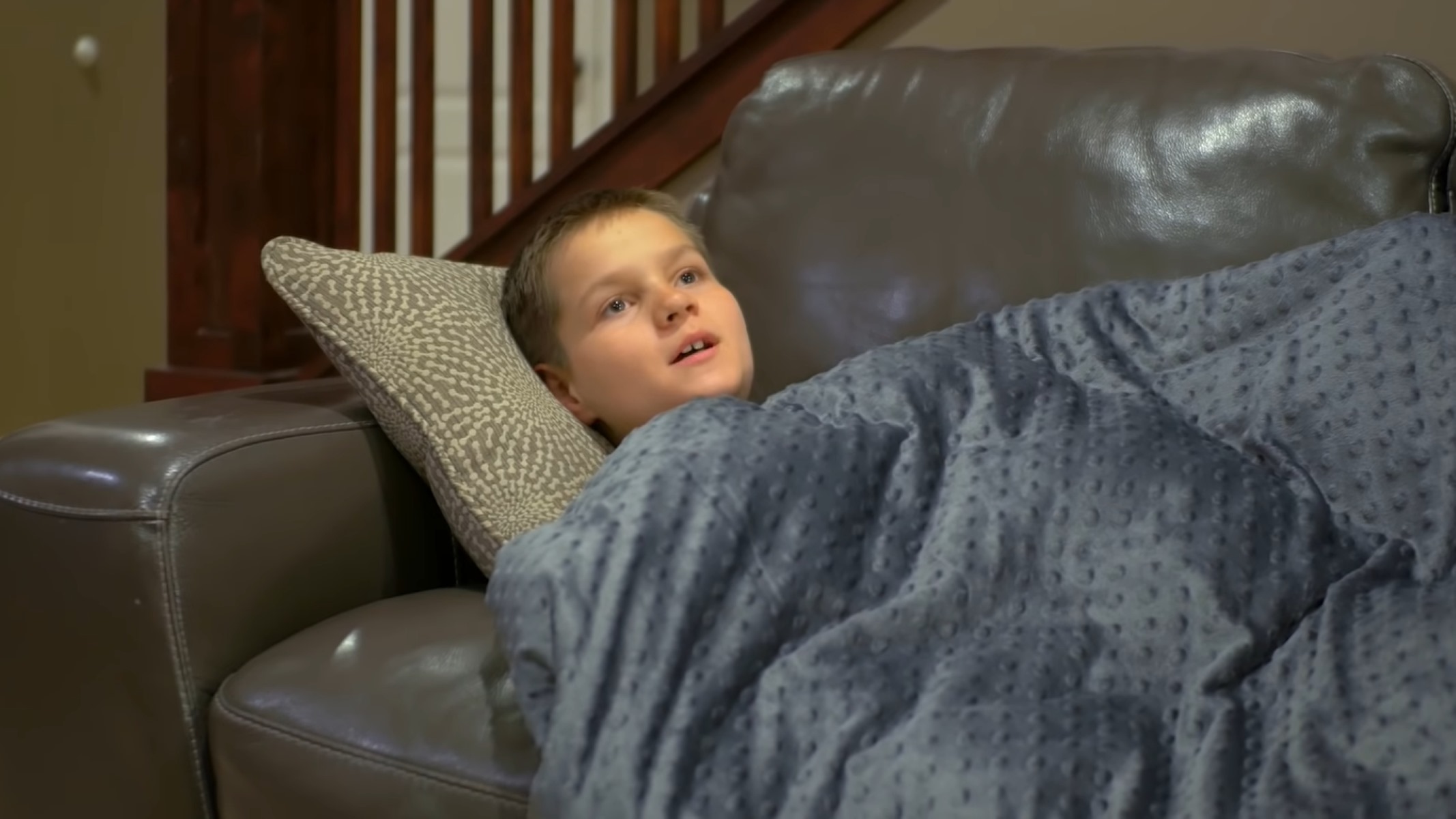

Articles
How To Make Autism Weighted Blanket
Modified: April 22, 2024
Discover effective ways to make autism weighted blankets with step-by-step articles. Create a calming sensory tool for individuals with autism.
(Many of the links in this article redirect to a specific reviewed product. Your purchase of these products through affiliate links helps to generate commission for Storables.com, at no extra cost. Learn more)
Introduction
Welcome to this comprehensive guide on how to make a weighted blanket for individuals with autism. Weighted blankets have gained popularity in recent years as a therapeutic tool for people with sensory disorders, including those on the autism spectrum.
The concept behind a weighted blanket is simple – it provides deep touch pressure stimulation, which has a calming effect on the nervous system. This gentle and evenly distributed pressure can help individuals with autism regulate their emotions, reduce anxiety, improve focus, and promote better quality sleep.
In this article, we will delve into the benefits of weighted blankets specifically for individuals with autism. We will also guide you through the process of making your own weighted blanket, from choosing the right materials and determining the appropriate weight, to measuring, cutting, sewing, and adding the weighted fillings. Finally, we will discuss important considerations for safety and durability.
It’s worth mentioning that while making your own weighted blanket can be a rewarding project, it’s always best to consult with professionals, such as occupational therapists or experienced seamstresses, to ensure that the final product meets the unique needs of the individual.
Now, let’s explore the world of weighted blankets for autism and discover how you can create a comforting and therapeutic tool for your loved ones.
Key Takeaways:
- Create a comforting and therapeutic weighted blanket for individuals with autism to regulate emotions, reduce anxiety, improve focus, and promote better quality sleep.
- Prioritize safety and durability to ensure the handmade weighted blanket remains a safe and effective tool for individuals with autism, providing comfort and support.
Read more: What Is A Weighted Blanket?
Understanding Weighted Blankets
Before we dive into the process of making a weighted blanket for individuals with autism, let’s take a moment to understand what exactly a weighted blanket is and how it works.
A weighted blanket is a specially designed blanket that is filled with a variety of materials, such as plastic pellets, glass beads, or even rice. These fillings provide added weight to the blanket, typically ranging from 5 to 30 pounds, depending on the size and preference of the user.
The weight of the blanket is evenly distributed throughout its surface, creating a gentle pressure similar to a comforting hug or a warm embrace. This pressure stimulates the release of serotonin, a neurotransmitter that plays a crucial role in regulating mood, sleep, and anxiety.
For individuals with autism, who often experience sensory processing difficulties, the deep touch pressure provided by a weighted blanket can have a calming and soothing effect on their nervous system. It can help reduce sensory overload, improve focus, and provide a sense of security and comfort.
It’s important to note that weighted blankets are not a one-size-fits-all solution. The weight and size of the blanket should be determined based on the individual’s weight and personal preferences. Consulting with a healthcare professional, such as an occupational therapist, can help ensure that the blanket is tailored to the specific needs of the individual.
Now that we have a better understanding of what weighted blankets are and how they work, let’s explore the numerous benefits they offer for individuals on the autism spectrum.
Benefits of Weighted Blankets for Autism
Weighted blankets have been found to provide numerous benefits for individuals with autism. Let’s explore some of the key advantages:
- Sensory Regulation: Many individuals with autism experience sensory processing difficulties. The deep touch pressure stimulation provided by a weighted blanket can help regulate their sensory input and enhance their ability to process sensory information.
- Anxiety Reduction: Anxiety is a common challenge for people on the autism spectrum. The gentle and even pressure of a weighted blanket can help calm the nervous system, reduce anxiety levels, and promote a sense of relaxation and security.
- Better Sleep: Sleep disruptions are prevalent among individuals with autism. The deep touch pressure stimulation of a weighted blanket can promote a more restful sleep by increasing levels of serotonin, which helps regulate the sleep-wake cycle.
- Focus and Attention: Many individuals with autism struggle with maintaining focus and attention. The calming effect of a weighted blanket can aid in improving concentration, enhancing cognitive performance, and increasing productivity.
- Mood Enhancement: Weighted blankets can also have a positive impact on mood. The release of serotonin triggered by the deep touch pressure can elevate mood, reduce irritability, and enhance overall emotional well-being.
- Stress Relief: Individuals with autism often face daily challenges and stressors. Immersing themselves in the comforting embrace of a weighted blanket can provide a safe and nurturing space, helping to alleviate stress and promote a sense of calm.
It’s important to note that while weighted blankets can be beneficial for many individuals with autism, they are not a cure-all solution. Each person is unique, and their response to a weighted blanket may vary. It is always recommended to consult with a healthcare professional before incorporating a weighted blanket into a therapeutic routine.
Now that we understand the benefits of weighted blankets for individuals with autism, let’s move on to the next step – choosing the right materials for your weighted blanket.
Choosing the Right Materials for Your Weighted Blanket
When it comes to creating a weighted blanket for individuals with autism, selecting the right materials is essential. The materials you choose will impact the weight, texture, and overall comfort of the blanket. Here are some factors to consider:
- Fabric: Choose a soft, durable, and hypoallergenic fabric for the top and bottom layers of the blanket. Popular options include cotton, flannel, or minky fabric. Consider the sensory preferences of the individual and select a fabric that provides a comfortable and soothing touch.
- Weighted Fillings: The choice of weighted fillings will determine the overall weight of the blanket. Common fillings include polypropylene pellets, glass beads, or even rice. Ensure that the fillings are non-toxic, evenly distributed, and securely contained within the blanket. Be mindful of any potential allergies or sensitivities when selecting the fillings.
- Thread: Use a strong and durable thread that can withstand the weight and movement of the blanket. Polyester or nylon thread is recommended for added strength and longevity.
- Optional Sensory Textures: Consider incorporating additional sensory textures into the blanket. You can sew small fabric loops, ribbons, or textured patches for individuals who prefer tactile stimulation. This can enhance the sensory experience and provide additional comfort.
- Care Instructions: Keep in mind that the blanket will need to be washed and maintained regularly. Select fabrics and fillings that can withstand frequent washing and drying without losing their shape or quality.
Remember to consult with the individual for whom you are making the blanket, as their sensory preferences and sensitivities should guide your material choices. Additionally, it’s essential to take safety into consideration by selecting materials that are free from choking hazards or potential irritants.
Now that you have a better understanding of the materials necessary for your weighted blanket, let’s move on to determining the appropriate weight for the blanket.
Determining the Right Weight for the Blanket
When making a weighted blanket for individuals with autism, it’s crucial to determine the appropriate weight that will provide optimal sensory stimulation and comfort. Here are some guidelines to help you determine the right weight:
- Body Weight: A general rule of thumb is to choose a weighted blanket that is about 10% of the individual’s body weight. For example, if the person weighs 100 pounds, a blanket weighing around 10 pounds would be suitable. However, it’s important to consider individual preferences and sensory sensitivities as well.
- Sensory Threshold: Pay attention to how the individual responds to pressure and sensory input. Some individuals may have a higher threshold and require more weight for the desired effect, while others may be more sensitive and prefer a lighter weight.
- Consultation: It’s always a good idea to consult with healthcare professionals, such as occupational therapists, who specialize in sensory integration therapy. They can provide valuable insights and help determine the optimal weight based on the individual’s specific needs and sensory profile.
- Size of the Blanket: Take into account the size of the blanket as well. Larger blankets will naturally distribute the weight more evenly, while smaller blankets may feel more concentrated in certain areas.
- Gradual Adjustment: If the individual is new to using a weighted blanket, it’s recommended to start with a lighter weight and gradually increase it over time. This allows the individual to acclimate to the sensation and ensures the weight is comfortable and not overwhelming.
Remember, these guidelines are not absolute and may vary depending on the individual’s sensory preferences and specific needs. It’s always best to assess and customize the weight of the blanket based on ongoing feedback and observations.
Now that you have determined the appropriate weight for the blanket, let’s move on to the practical steps of measuring and cutting the fabric.
When making an autism weighted blanket, be sure to use non-toxic, hypoallergenic filling such as plastic pellets or glass beads to provide the desired weight without causing any adverse reactions.
Read more: How To Fix A Weighted Blanket
Measuring and Cutting the Fabric
Once you have determined the appropriate weight for your weighted blanket, the next step is to measure and cut the fabric. Here’s how you can do it:
- Measurements: Begin by measuring the desired dimensions of the blanket. Consider the individual’s size and sensory preferences. A standard size for a weighted blanket is typically around 40 inches by 60 inches, but you can adjust the measurements accordingly. Use a measuring tape to ensure accurate dimensions.
- Adding Seam Allowances: When cutting the fabric, remember to add seam allowances. A 0.5 to 1 inch seam allowance is typically recommended. This will allow space for sewing the edges together.
- Cut the Top and Bottom Layers: Use the measurements and seam allowances to cut out the top and bottom layers of the fabric. Lay the fabric flat on a clean and spacious surface, and use fabric scissors to carefully cut along the marked lines.
- Optional Inner Lining: If desired, you can also cut an inner lining layer using a similar process. This layer will help encase the weighted fillings and provide an extra protective barrier.
- Cut the Weighted Fillings Pocket: To contain the weighted fillings, you’ll need to cut a separate pocket. This can be done by measuring and cutting a strip of fabric that is the same width as the blanket and double the desired length. Fold the strip in half and sew the sides together, leaving one end open for later adding the fillings.
Remember to be precise in your measurements and take your time while cutting the fabric. Double-check your measurements before making any cuts to ensure accuracy.
Now that you have cut the fabric, it’s time to move on to the sewing process and assemble the weighted blanket. We will cover these steps in the next section.
Sewing the Weighted Blanket
Now that you have the fabric pieces cut to the desired measurements, it’s time to sew the weighted blanket. Follow these steps to assemble the blanket:
- Place the Fabric Layers: Lay the top and bottom layers of the fabric on top of each other, with the right sides facing inward. Ensure that the edges align properly.
- Sew the Edges: Using a sewing machine or a needle and thread, sew around the edges of the fabric, leaving one side open to create an opening for turning the blanket right side out. Use a straight stitch or a zigzag stitch to secure the layers together. Reinforce the corners to ensure durability.
- Trim the Excess Fabric: Trim any excess fabric or loose threads to ensure a clean finish. Be careful not to cut through the stitches.
- Turn the Blanket Right Side Out: Carefully turn the blanket right side out through the opening. Use a pencil or a chopstick to push out the corners and create smooth edges.
- Closing the Opening: Fold in the fabric edges of the opening and sew it closed using a ladder stitch or a whip stitch. Ensure that the stitches are secure and hidden within the fabric layers.
- Optional Top Stitch: If desired, you can add a decorative top stitch along the edges of the blanket for added durability and a polished look.
Remember to take your time and sew with even, steady stitches. It’s important to ensure the strength and longevity of the blanket, especially considering the added weight of the fillings.
Now that the weighted blanket is taking shape, it’s time to move on to the next step – adding the weighted fillings.
Adding the Weighted Fillings
Now that you have completed the sewing process, it’s time to add the weighted fillings to your blanket. Follow these steps to ensure the fillings are evenly distributed:
- Prepare the Fillings: If you haven’t already, make sure your chosen weighted fillings are clean and dry. Plastic pellets, glass beads, or rice are commonly used fillings for weighted blankets. It’s important to use fillings that are non-toxic and securely contained within the blanket.
- Insert the Fillings: Open the pocket you created earlier in the blanket and carefully pour the weighted fillings into it. Use a funnel or a scoop to help guide the fillings and prevent spillage. Start with a small amount of fillings and gradually add more to achieve the desired weight.
- Distribution: After adding the fillings, distribute them evenly throughout the blanket. Use your hands to gently move the fillings, ensuring that they are spread out uniformly. This will prevent any clumping or uneven weight distribution.
- Secure the Opening: Once the fillings are properly distributed, sew the opening closed using a ladder stitch or a whip stitch. Take extra care to reinforce the stitching to prevent any leakage of the fillings. Test the integrity of the blanket by gently shaking it and ensuring that the fillings stay in place.
It’s important to note that adding weighted fillings can significantly increase the overall weight of the blanket. Be mindful of the weight limitations and ensure that the final weight aligns with the individual’s needs and comfort.
Now that you have successfully added the weighted fillings, let’s move on to the final steps to ensure safety and durability of your weighted blanket.
Ensuring Safety and Durability
When creating a weighted blanket for an individual with autism, it’s crucial to prioritize safety and durability. Here are some important steps to take in order to ensure a safe and long-lasting blanket:
- Securely Stitched Seams: Check all the seams of the blanket to ensure they are securely stitched. Reinforce the corners and edges, as these areas may experience more stress due to the weight of the fillings. Double-check the stitches to prevent any potential unraveling.
- Strength of Materials: Use high-quality fabrics and thread that can withstand the weight and frequent use of the blanket. Reinforce the stitching by going over critical areas multiple times to enhance durability.
- Choking Hazards: Ensure that the weighted fillings are securely contained within the blanket and cannot be accessed by the individual. Double-check the blanket for any loose fillings or potential choking hazards before use.
- Regular Inspections: Regularly inspect the blanket for any signs of wear and tear. Check the seams, fabric, and fillings for any damage. Promptly repair or replace any compromised parts to maintain the safety of the blanket.
- Supervision: Always use the weighted blanket under proper adult supervision, especially with young children or individuals who may require additional assistance. Ensure that the blanket is used in a safe and appropriate manner.
- Cleaning Instructions: Refer to the specific cleaning instructions for the fabric and fillings used in the blanket. Follow the recommended washing and drying methods to maintain the cleanliness and longevity of the blanket.
By prioritizing safety and durability, you can ensure that the weighted blanket remains a safe and effective tool for individuals with autism.
Congratulations! You have now completed the process of making a weighted blanket for individuals with autism. This therapeutic tool can provide comfort, sensory regulation, and relaxation. Remember to consult with healthcare professionals and tailor the blanket to the unique needs of the individual for the best results.
By following these steps, you have created a personalized and comforting item that can have a positive impact on the well-being of someone with autism.
Now, wrap the weighted blanket with care and love, knowing that you have created a special and supportive resource for the person who will benefit from it.
Enjoy the journey of providing comfort and support through your handmade weighted blanket!
Read more: How To Store Weighted Blanket
Conclusion
Congratulations on completing your journey of creating a weighted blanket for individuals with autism! By following the steps outlined in this guide, you have crafted a therapeutic tool that can provide comfort, sensory regulation, and relaxation for those on the autism spectrum.
We began by understanding the concept of weighted blankets and their benefits for individuals with autism. The deep touch pressure stimulation provided by these blankets can help regulate sensory input, reduce anxiety, improve sleep quality, enhance focus, and promote a sense of calm and well-being.
We then explored the important factors to consider when choosing the right materials for your weighted blanket. Soft, hypoallergenic fabrics and non-toxic weighted fillings are essential to ensure comfort and safety.
Next, we delved into determining the appropriate weight for the blanket. Taking into account body weight, sensory preferences, and consultation with healthcare professionals can help you find the optimal weight for the individual using the blanket.
With the measurements and materials in place, we moved on to cutting and sewing the fabric. Attention to detail and secure stitching will contribute to the durability and longevity of the blanket.
Afterward, we learned how to add the weighted fillings and distribute them evenly throughout the blanket to enhance the therapeutic benefits.
Finally, we emphasized the importance of ensuring safety and durability. Regular inspections, securely stitched seams, and careful consideration of potential choking hazards are vital to maintaining the blanket’s integrity.
It’s important to note that while a handmade weighted blanket can provide numerous benefits, it’s always wise to consult with healthcare professionals to address specific needs and tailor the blanket accordingly.
Thank you for embarking on this journey of creating a weighted blanket. Your efforts will undoubtedly make a positive impact on the well-being and comfort of the individual with autism who will use it.
Remember, this is not just a blanket; it is a symbolic gesture of care, love, and support. Embrace the joy and fulfillment that comes with knowing you have made a difference in someone’s life.
Now, wrap the blanket with warmth and affection, knowing that you have crafted a powerful tool for comfort and sensory regulation. Cherish the smiles, the calmness, and the moments of relaxation that the weighted blanket will provide.
Enjoy this beautiful journey of compassion and empowerment as you continue to make a positive impact on the lives of individuals with autism.
Frequently Asked Questions about How To Make Autism Weighted Blanket
Was this page helpful?
At Storables.com, we guarantee accurate and reliable information. Our content, validated by Expert Board Contributors, is crafted following stringent Editorial Policies. We're committed to providing you with well-researched, expert-backed insights for all your informational needs.
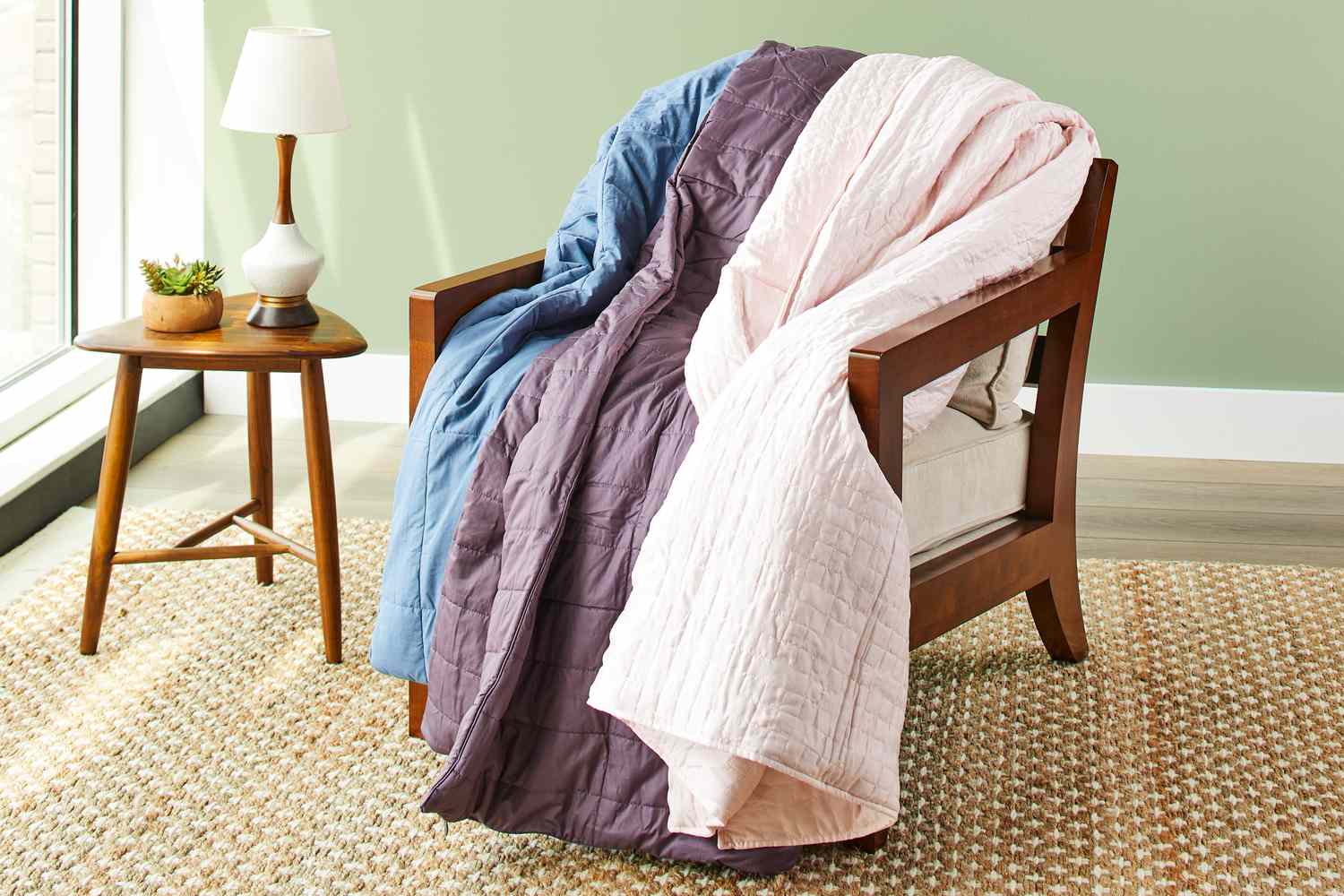
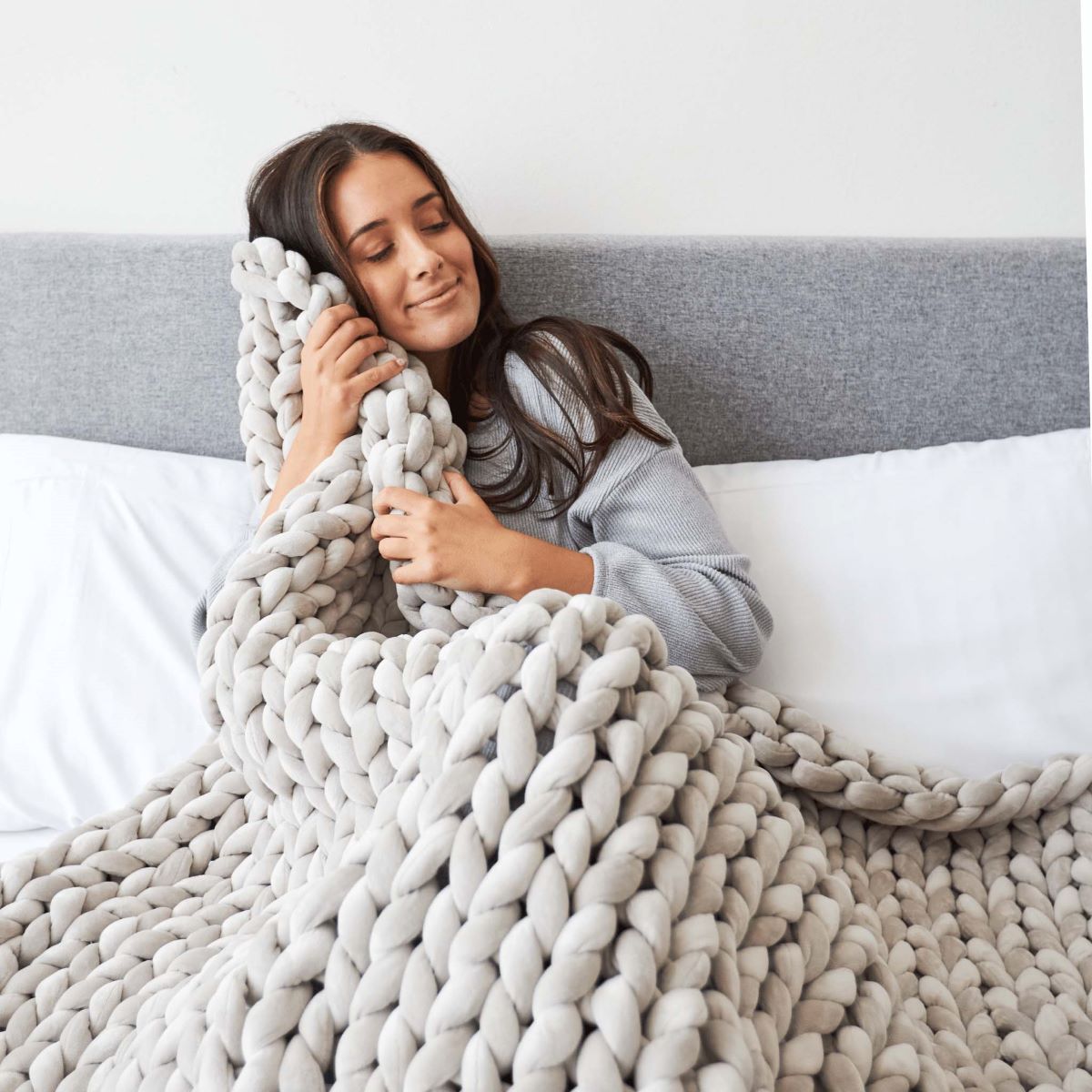
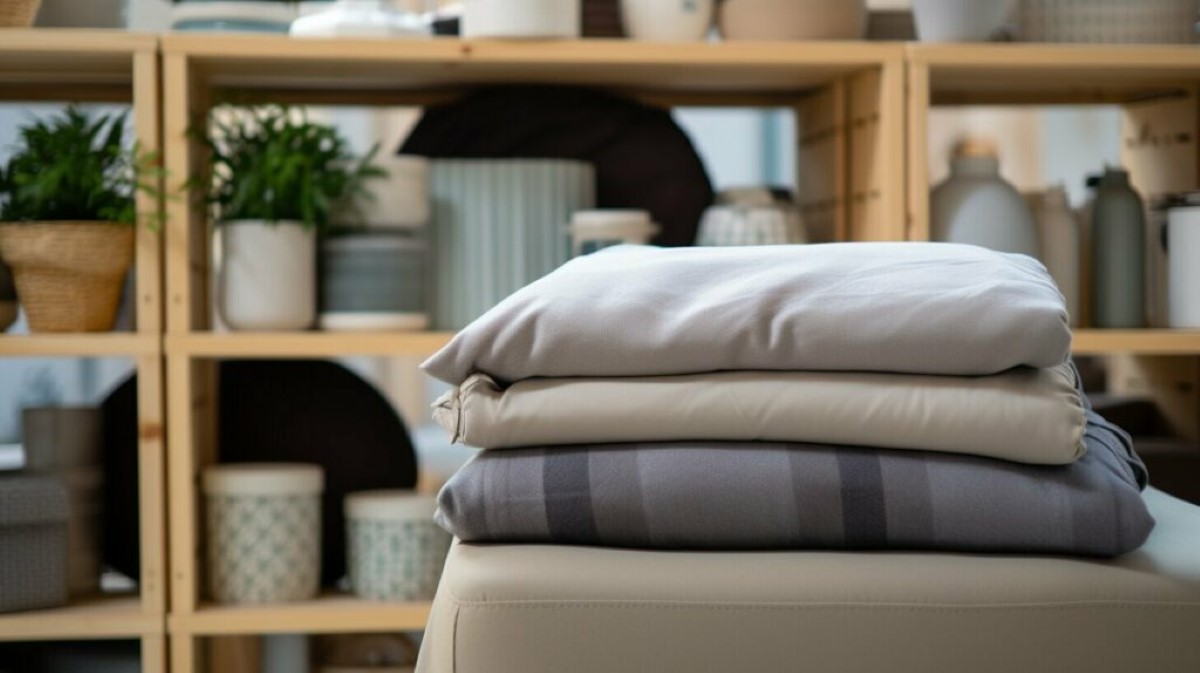
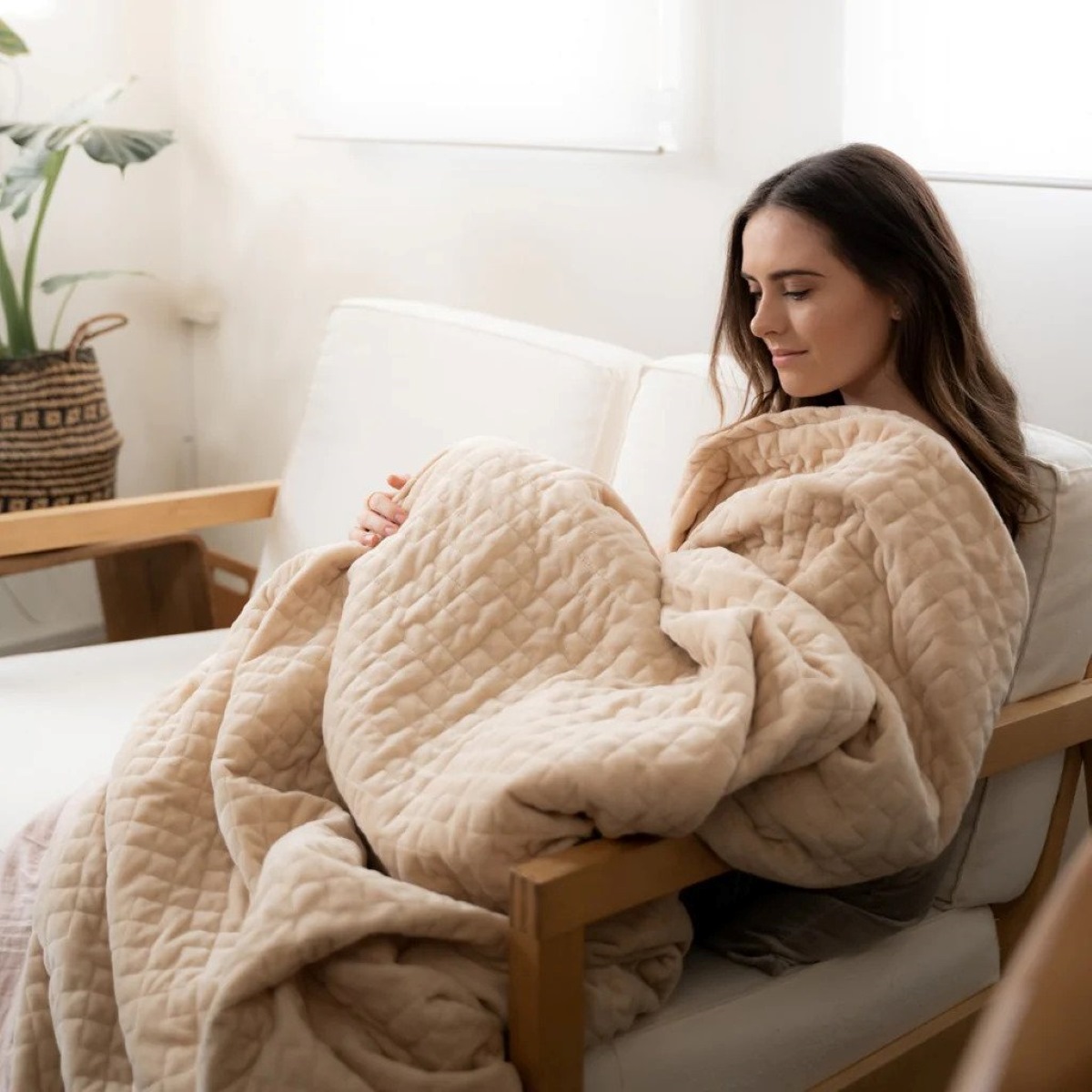
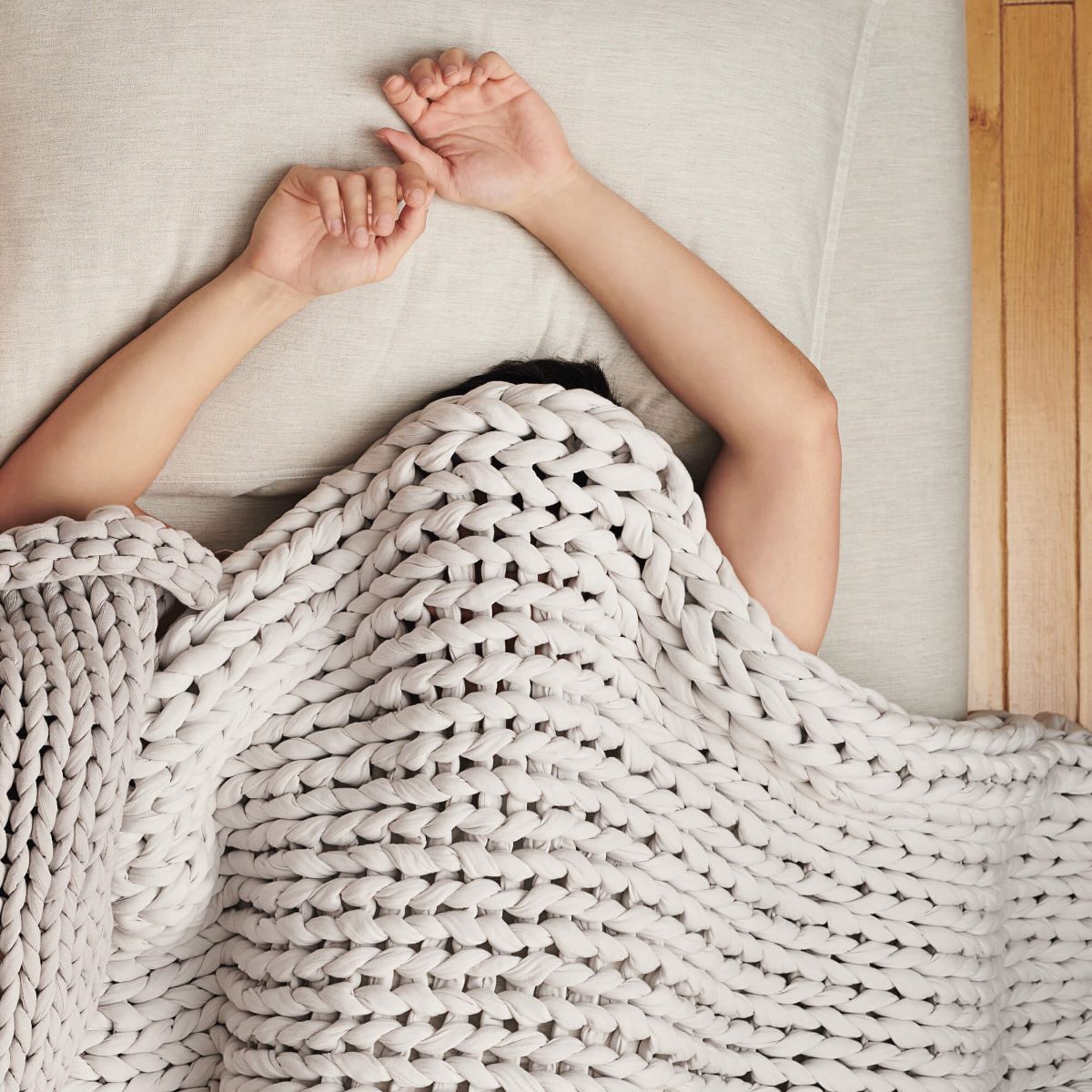
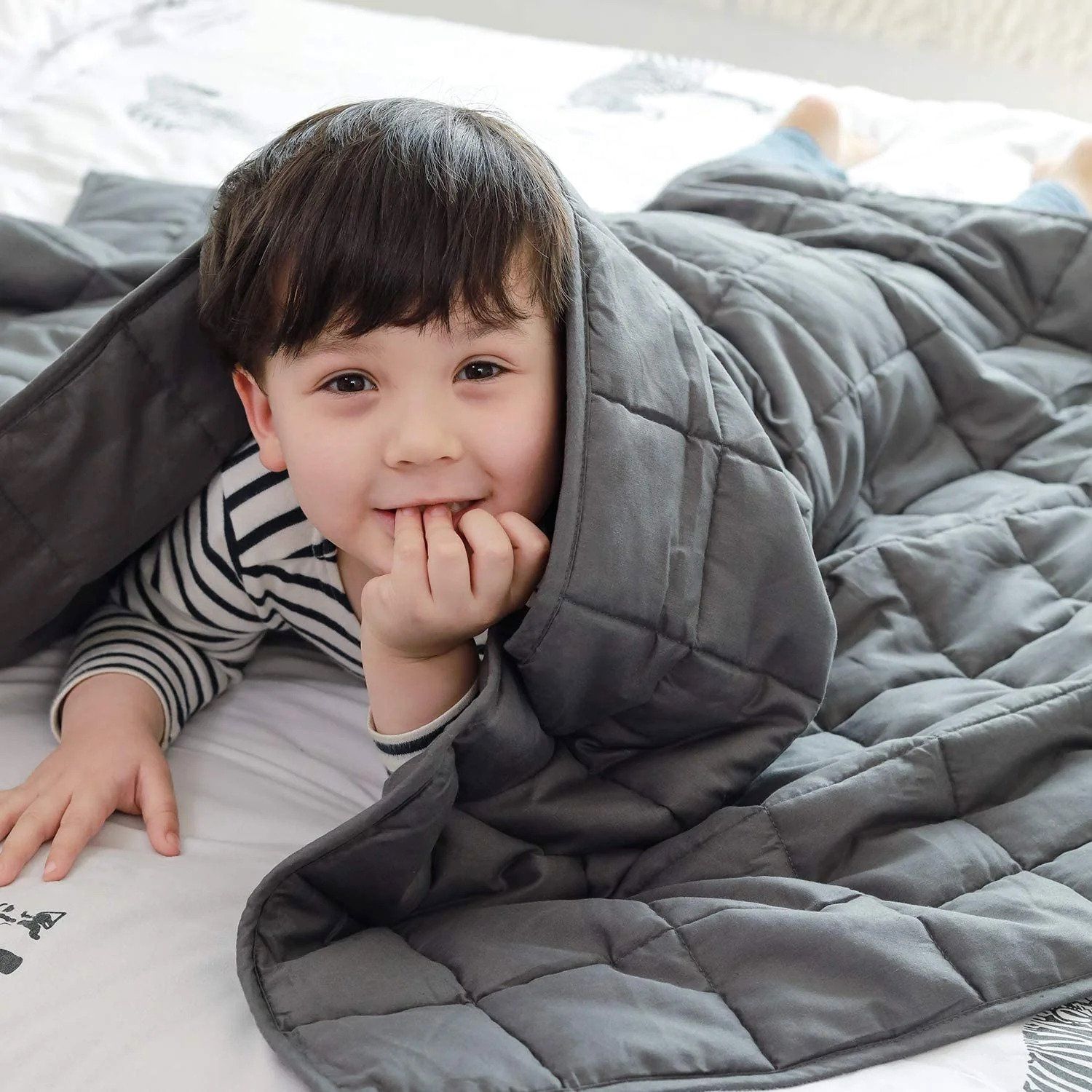
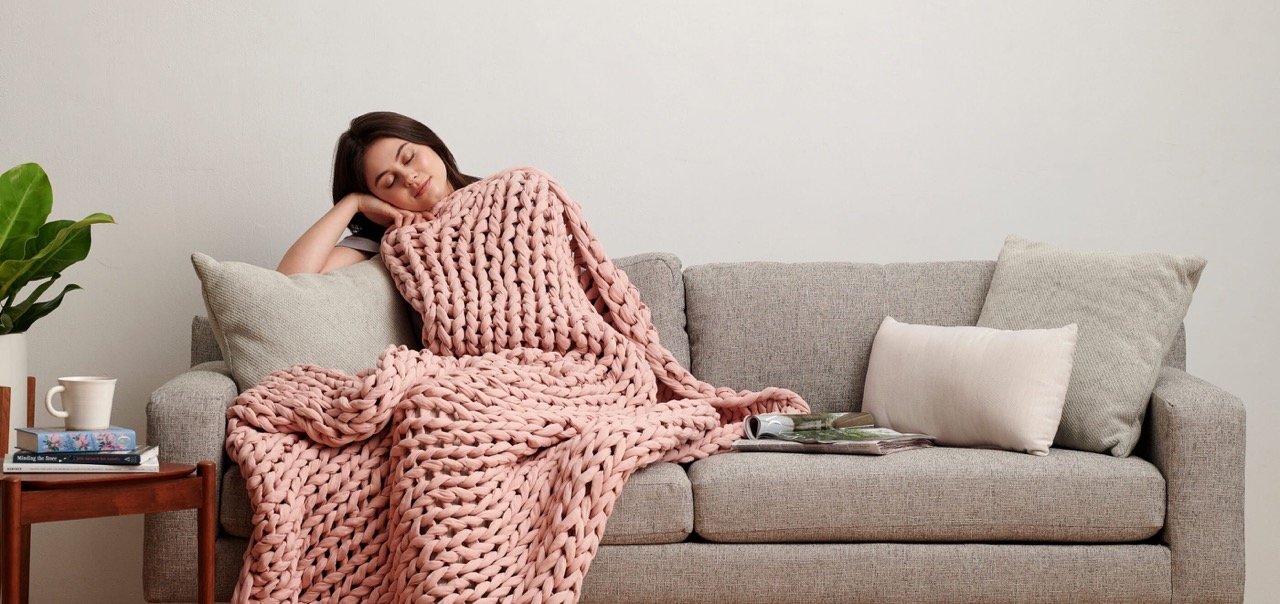
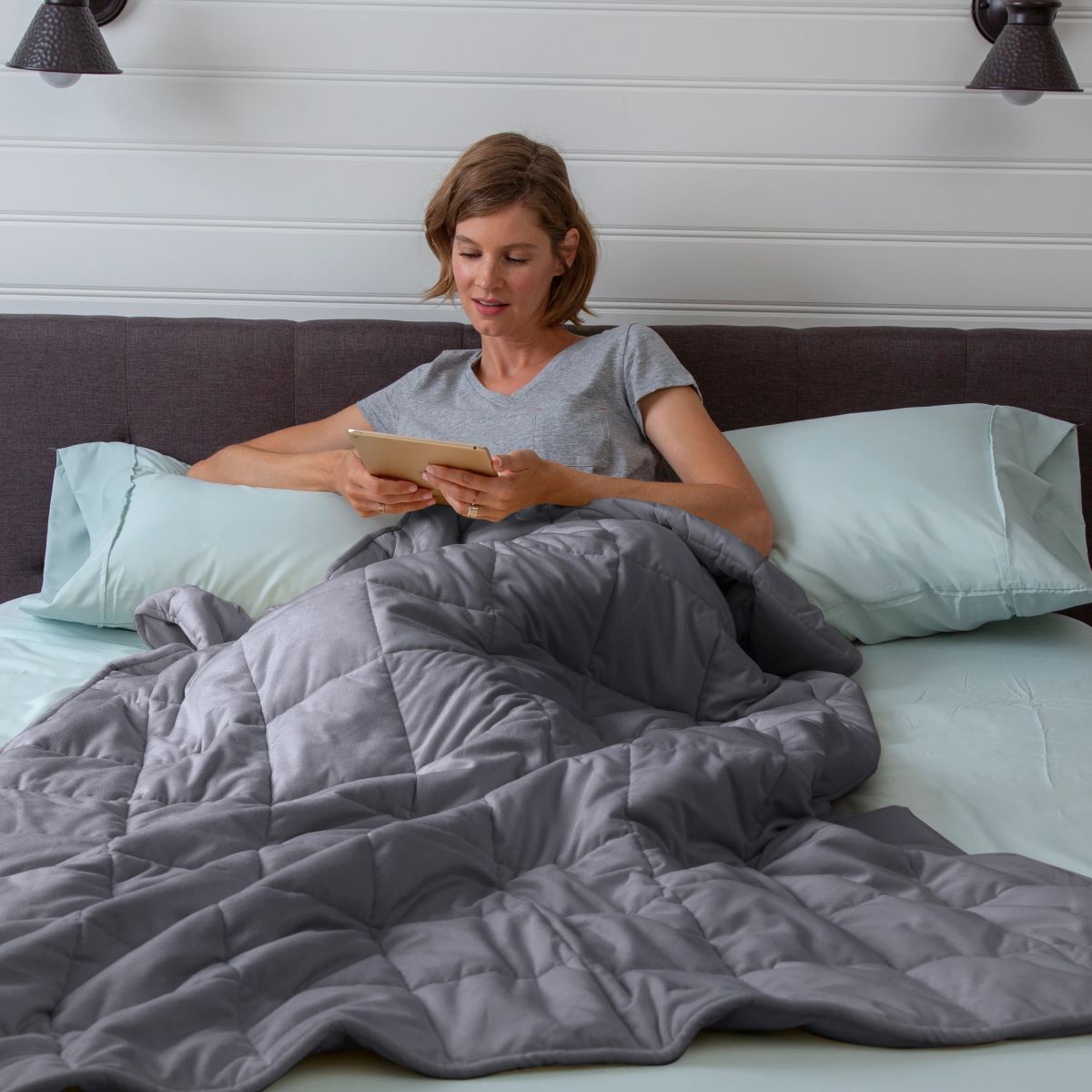

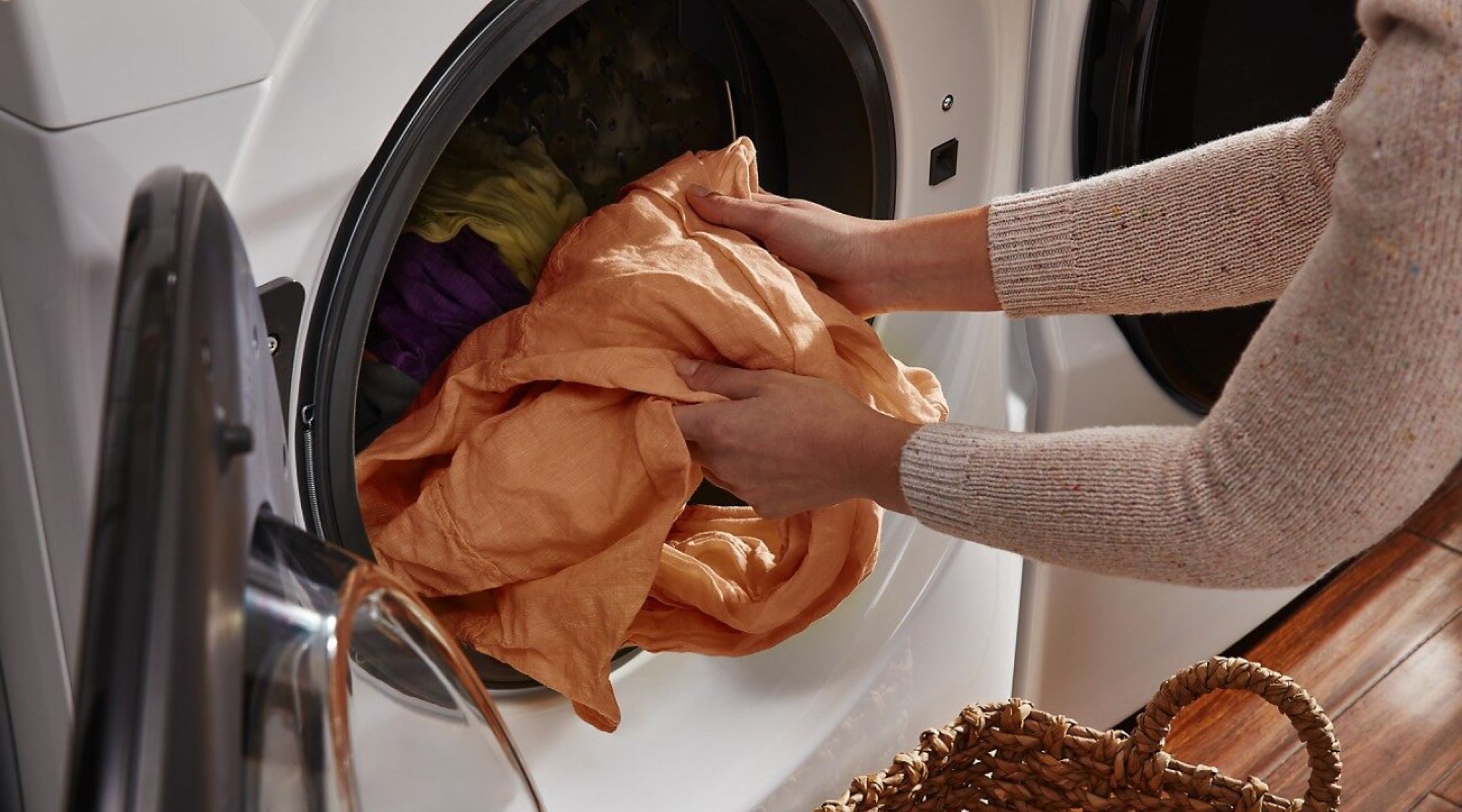
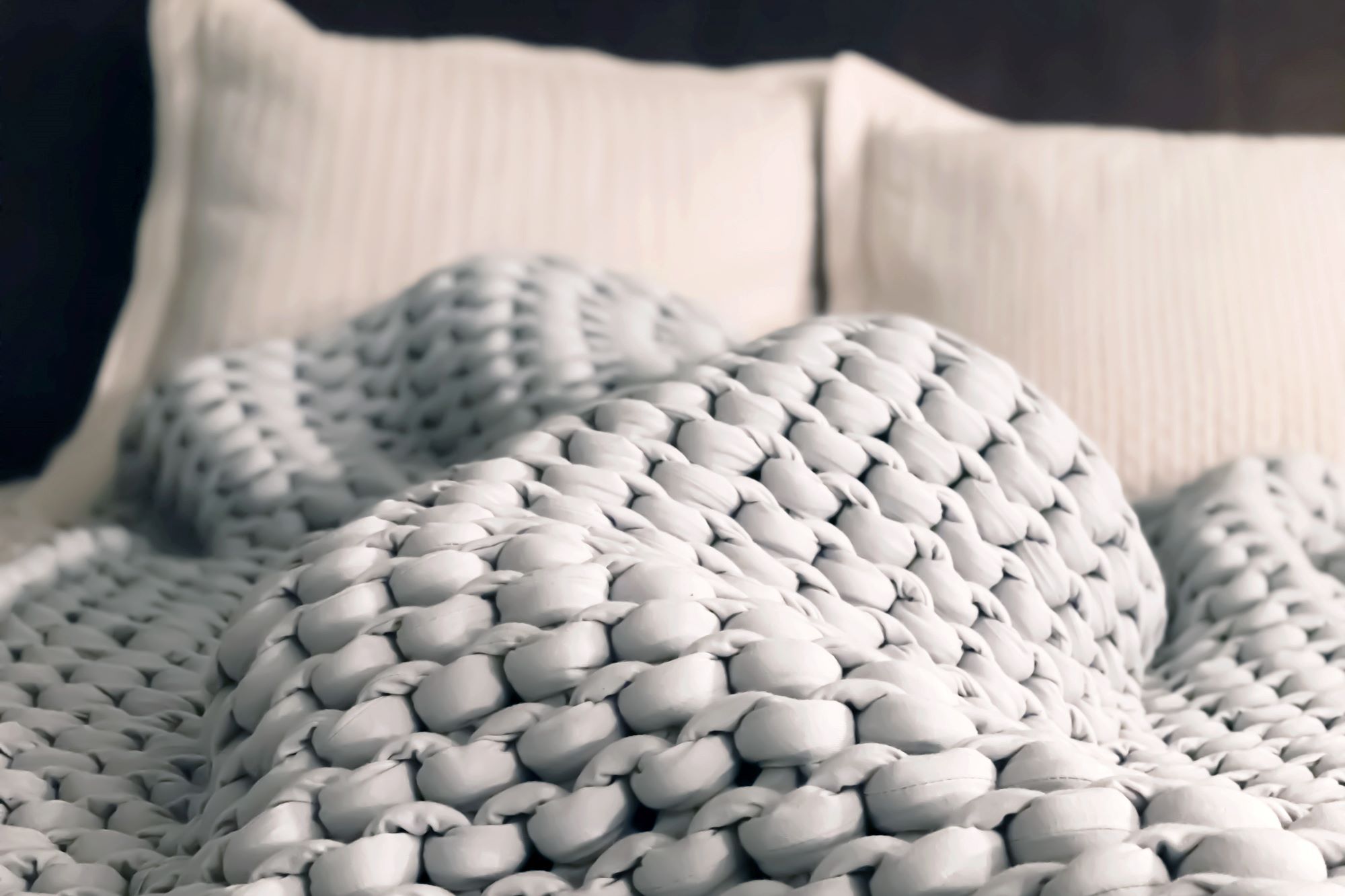
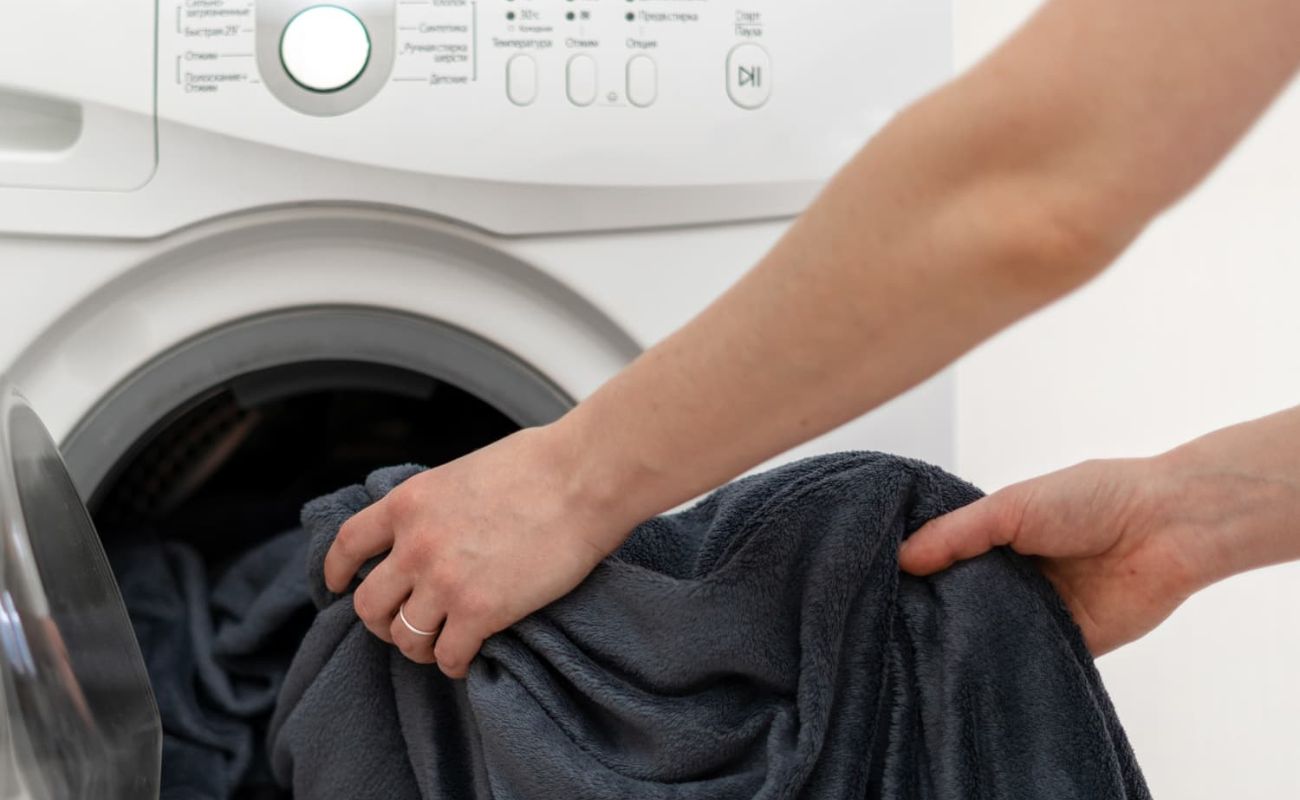


0 thoughts on “How To Make Autism Weighted Blanket”